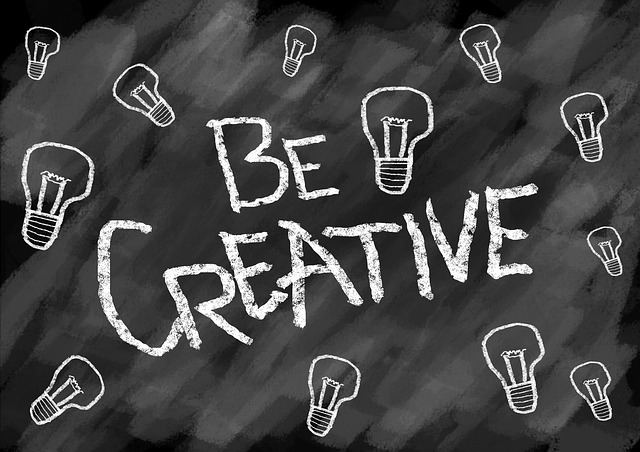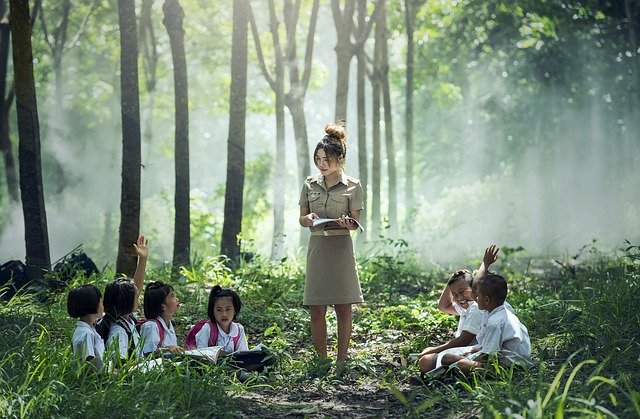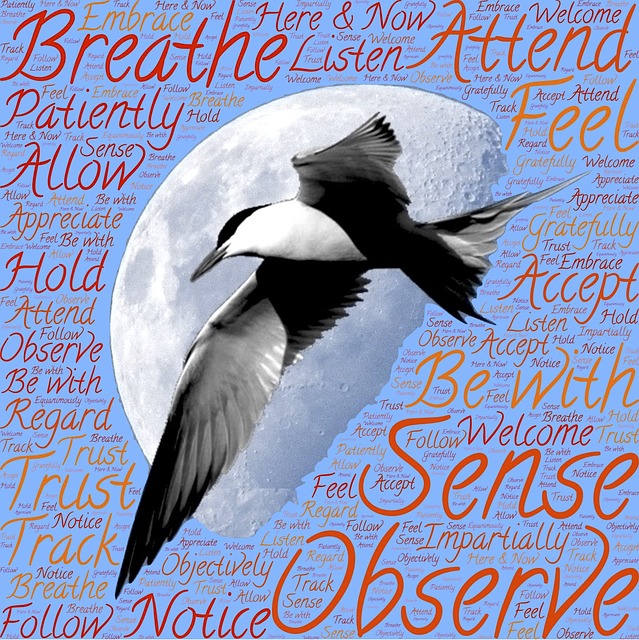The interviewees involved in the Radically Reframing Aging Summit highlighted the inner challenge involved in aging and the need to mind your brain. Emily Arnhalt, clinical psychologist, focused on mental health and emotional fitness and encouraged the use of “emotional pushups”. Uma Naidoo, Psychiatrist and specialist in nutrition, highlighted how food affects our mental health and cognition. Uma is the author of The Food Mood Connection.
In her Summit interview, Goldie Hawn demonstrated the passion for creativity and the enthusiasm for life that has permeated the comments of all contributors during the Summit. Like Tina Turner, Goldie has found mindfulness practices to be a way to overcome her difficulties and mental challenges as she negotiated her life transitions (including aging) and sought purpose in her life. Goldie has moved beyond her acting career and become an author, director, producer and a dedicated advocate for mindfulness for children. I have previously written about Goldie’s work in creating MindUP – a developmental program for children built on a solid research foundation incorporating neuroscience, mindfulness, positive psychology and social emotional learning.
In his Summit interview, Deepak Chopra, author of more than 90 books including Grow Younger, Live Longer, reiterated the importance of looking after your brain as you age. He suggested that one of the major challenges in aging is to overcome “the hypnosis of social conditioning” which prevents us from realising our potential and living the life we truly desire. Deepak has established The Longevity Experiment through his Chopra Foundation.
Two very stimulating interviewees were Dr. Martha Beck and Jim Kwik who highlighted the role of play and creativity in developing, sustaining and enriching the mind (at any age). Martha was described by the host, Maria Shriver, as the most creative person she knows. She is the author of The Way of Integrity: Finding the Path to Your True Self and provides practical steps and exercises to achieve this goal. In the Summit interview, Martha provided ideas and processes for “reverse aging” and demonstrated the energy and positive mindset that comes from viewing aging with anticipation and readiness to explore new boundaries. She offers a free, pre-recorded Masterclass on The Five Paths to Your Purpose.
During his Summit interview, Jim Kwik was incredibly enlightening and engaging as his #1 training podcast, Kwik Brain, with 728,000 subscribers, attests. His articulate and incisive comments displayed his passion for brain development and ongoing brain health throughout life. Jim is the founder of Kwik Learning which specialises in accelerated reading and learning and enhancing memory and brain performance. He is the author of Limitless: Upgrade Your Brain, Learn Anything Faster and Unlock Your Exceptional Life.
Reflection
There is a lot written about diet and exercise for a healthy body as we age. Little attention is given to our mind and what we need to do to sustain and develop our mental capacities. The interviewees in this segment of the Summit really brought the mind into focus as a primary area impacting our quality of life as we age. There is a strong emphasis on the mind-body connection and a constant encouragement to engage in some form of creativity and/or play every day.
Engaging in mindfulness practices is one way to care for our mind as we age. As we grow in mindfulness through processes such as Tai Chi, mantra meditations, chanting, reflecting or meditating, we can enhance our attention, develop our brain physically, heighten our capacity for introspection and abstract thought, and gain greater access to our creativity.
_____________________________________
Image by Fathromi Ramdlon from Pixabay
By Ron Passfield – Copyright (Creative Commons license, Attribution–Non Commercial–No Derivatives)
Disclosure: If you purchase a product through this site, I may earn a commission which will help to pay for the site, the associated Meetup group, and the resources to support the blog.









